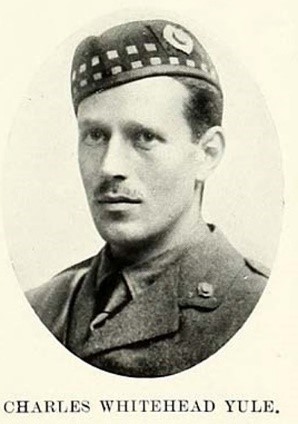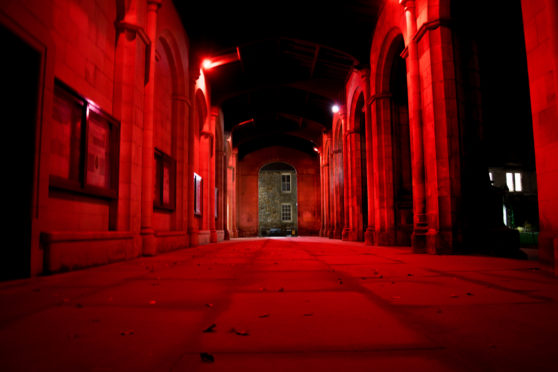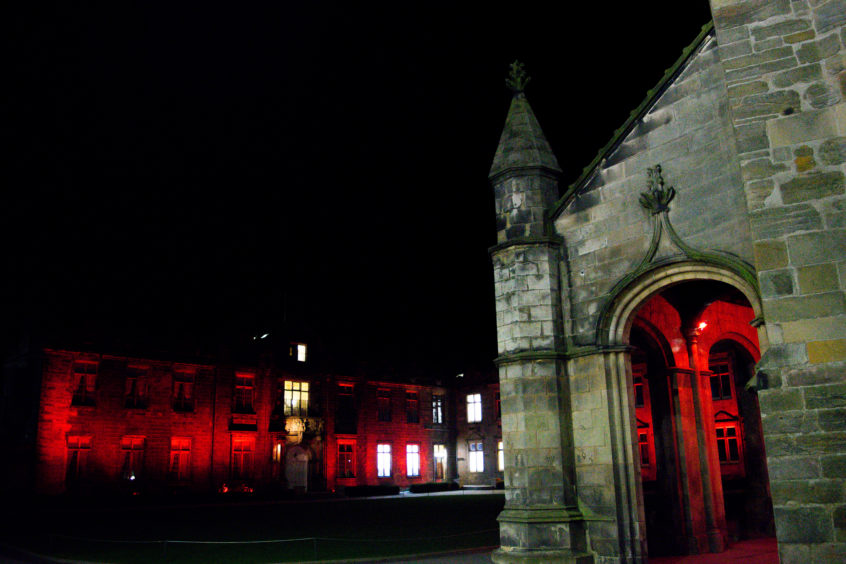The University of St Andrews is commemorating students who were killed serving with The Royal Scots to mark the centenary of the First World War.
Each year a ceremony is held at the University to remember those who gave their lives, but now a new virtual museum is helping to remember the war dead.
The School of Computer Science has worked in collaboration with The Royal Scots Museum to create a digital roll of honour for all the members of The Royal Scots who were killed in the War.
It contains information on the soldiers’ lives, deaths, medals, graves and any available photographs. Among those who died were former students and graduates from St Andrews.
Ten percent of all St Andrews graduates who were killed in World War One served with the regiment.
Charles Yule was killed near Vermelles in France on May 11 1916 aged just 27 in a direct hit from German artillery.

He achieved a first class honours degree for his MA in Classics and Economic Science, then a BLitt postgraduate degree.
A keen rugby player and member of the Officer Training Corps (OTC), he was the son of a builder from Kinghorn and attended Kirkcaldy High School.
After graduation he went to work at General Register House (now the National Records of Scotland) as Assistant Curator before being commissioned in 1914 as a Second Lieutenant in The Royal Scots.
He was rapidly promoted to Lieutenant, and in the autumn of 1915 became a temporary Captain. Charles fought courageously in the Battle of Loos and was recommended for the military cross.
The Reverend Matthew Marshall was also only 27 when he was killed in action on 11 August 1918 at Paravillers-sur-Somme in France, during the early phases of the Battle of Amiens, a decisive battle which is often seen as helping secure the allied victory over Germany.
He had completed his MA at the University of St Andrews in 1911, where he was also a member of the OTC and went on to become Assistant Minister at St Giles’ Kirk in Edinburgh.
However, during the War he joined The Royal Scots, as a combatant rather than Chaplain, he was then promoted to Lieutenant. He is commemorated on memorials in St Giles and at a memorial on Alloa Road near Stirling.
George Philp, from Dunfermline, was just 33 when he died at Gallipoli in May 1915.
He had graduated with an MA in 1904 and was a member of the university battery – a group of artillery volunteers.
He was Dux of Dunfermline High and after graduation became a teacher at Regent Road School, Abbeyhill, in Edinburgh.
Only a few weeks after war broke out he enlisted in the 4th Battalion, also known as the Edinburgh Rifles, of The Royal Scots rising to become Lance-Corporal.
John Alexander Hay Smith was only 24 when he was killed in action at Festubert, France on August 14 1915.
The son of a Dundee jute merchant he attended the same school as Field Marshal Douglas Haig, Clifton Bank School in St Andrews. He then studied at St Andrews before going on to complete a BA at Cambridge.
He was commissioned as a Second Lieutenant in The Royal Scots and on his death his significant fortune was donated to Dundee Royal Infirmary and Dundee Victoria Hospital.
The full roll can be viewed here:
http://straylight.cs.st-andrews.ac.uk/royalscots/
.
The University is also taking part in Poppy Scotland’s national Light Up Red campaign over Armistice Weekend.
The iconic St Salvator’s Quad, the Gateway Building overlooking the Old Course Hotel and the Students’ Association building will be lit up red in recognition of the First World War generation who served, sacrificed and changed our world forever.










